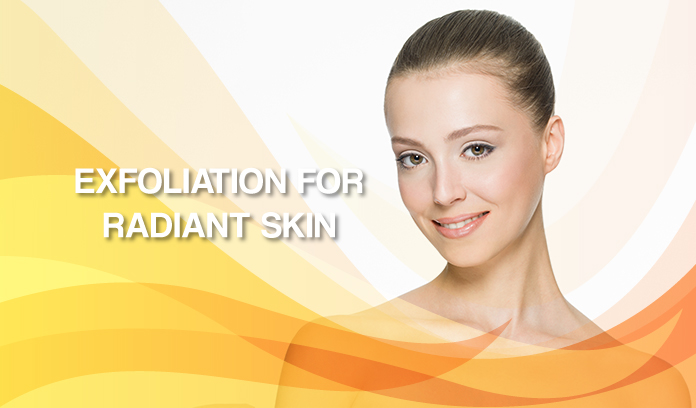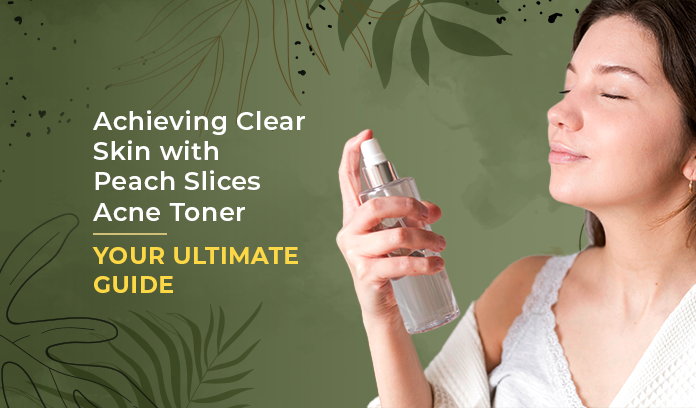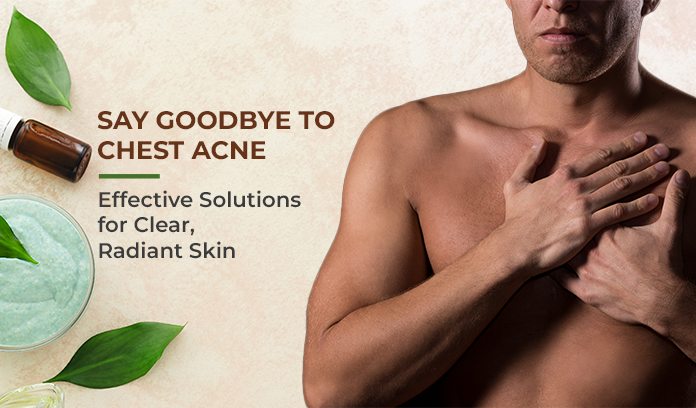Exfoliation is a vital step in any skincare routine, helping to remove dead skin cells and reveal a smoother, more radiant complexion. In this comprehensive guide, we’ll explore the benefits of exfoliation, different exfoliation methods, and how to incorporate exfoliation into your skincare routine for glowing healthy-looking skin. Let’s dive in!
Physical Exfoliation
Physical exfoliation involves using abrasive substances or tools, such as scrubs, brushes, or loofahs, to manually remove dead skin cells and impurities from the skin’s surface. This can help unclog pores, improve skin texture, and promote a radiant complexion, but it’s essential to use gentle, circular motions to avoid irritation.
Chemical Exfoliation
Chemical exfoliation utilizes alpha hydroxy acids (AHAs) or beta hydroxy acids (BHAs), such as glycolic acid, lactic acid, or salicylic acid, to dissolve dead skin cells and unclog pores. These exfoliants penetrate deeper into the skin, promoting cell turnover, reducing fine lines and wrinkles, and improving overall skin tone and texture.
Enzymatic Exfoliation
Enzymatic exfoliation involves using fruit enzymes, such as pineapple or papaya, to break down and digest dead skin cells without the need for physical abrasion. This gentle exfoliation method is suitable for sensitive skin types and can reveal smoother, brighter skin with regular use.
Exfoliating Scrubs
Exfoliating scrubs contain abrasive particles, such as sugar, salt, or crushed seeds, suspended in a gel or cream base to slough off dead skin cells and reveal softer, smoother skin. These scrubs can be used 1-3 times per week, depending on skin sensitivity, to maintain radiant skin.
Chemical Peels
Chemical peels involve applying a chemical solution to the skin to remove dead cells and stimulate collagen production, resulting in smoother, more radiant skin. They can help improve various skin concerns, including acne, hyperpigmentation, and signs of ageing, but may require downtime depending on the peel’s strength.
Exfoliating Cleansers
Exfoliating cleansers contain mild exfoliating ingredients, such as AHAs or BHAs, to gently cleanse the skin while removing dead skin cells and impurities. These cleansers can be used daily as part of a skincare routine to maintain a radiant complexion without irritation.
Microdermabrasion
Microdermabrasion is a non-invasive exfoliation technique that uses a handheld device to spray tiny crystals onto the skin’s surface and then vacuum them away, effectively removing dead skin cells and stimulating collagen production. This treatment can improve skin texture, tone, and radiance with minimal downtime.
Exfoliating Masks
Exfoliating masks contain potent exfoliating ingredients, such as AHAs, BHAs, or enzymes, to deeply cleanse and renew the skin. These masks are applied to the skin for a specified time before being rinsed off, leaving behind a smoother, more radiant complexion.
Manual Exfoliation Tools
Manual exfoliation tools, such as facial brushes, sponges, or silicone cleansing pads, can enhance the effectiveness of exfoliating cleansers and scrubs by providing additional physical stimulation and removing stubborn impurities. These tools should be used gently to avoid damaging the skin’s barrier.
Daily Exfoliation
Daily exfoliation involves incorporating gentle exfoliating products into your daily skincare routine to maintain smooth, radiant skin. This can help prevent clogged pores, breakouts, and dullness while promoting a healthy, glowing complexion over time.
Conclusion
Exfoliation is a key step in achieving radiant, healthy-looking skin. By incorporating regular exfoliation into your skincare routine and choosing the right exfoliation method for your skin type, you can reveal a smoother, more luminous complexion. Remember to consult a medical professional before starting any new skincare regimen or exfoliation routine to ensure safety and efficacy. Start your journey to glowing skin today with the power of exfoliation!











